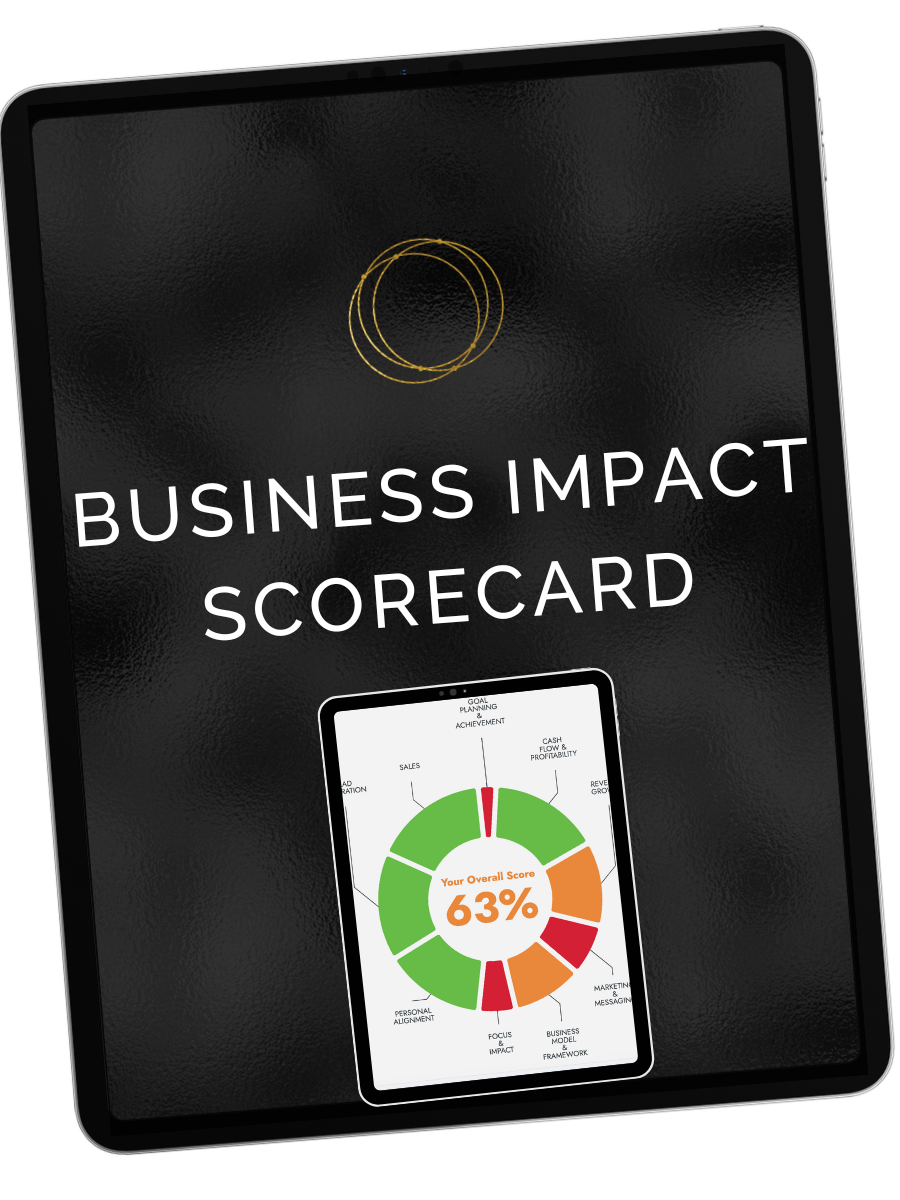One of the most exciting times in a person’s career is when they finally earn and get access to that one thing they’ve been working toward, an opportunity. The opportunity to step up, seize the moment, and compete. The opportunity to accelerate your start-up in your new job or career. The opportunity to make an impact.
You may be a seasoned veteran who just earned that milestone promotion you’ve been working towards. Or you’re at long last getting a chance to prove your ability to succeed in management or the executive suite. Or maybe you’re an ambitious college graduate, beyond excited at the prospect of starting your very first job, and ready to make your mark.
Regardless of which situation applies to you, the reality will be the same.
In a world where everything is due now, and patience with start-up is slim to none, you will have a small window of time before you are expected to add value. That period of time between getting your congratulatory welcome and contributing happens in a blink of an eye.
The obligatory “grace period” (we’ve come to know and love) no longer exists. That was the rare moment when you could take a breath, get your bearings, and ease into your new role. It was the opportunity to stake your claim and reap the reward.
But today that euphoric feeling of celebrating and acknowledging “you’ve made it” lasts but a moment. Because at any minute, you will be asked the open-ended hard questions and expected to know the answers. Questions that will provoke that proverbial “deer in the headlights” look that we’ve all tried to hide.
They usually start with an obligatory “congratulations,” or “I just stopped by to make sure you’re getting settled in,” or “when you get a moment…”. But ultimately, those greetings give away to the real motive.
You are about to be asked to make a decision, provide a response, or contribute value in some way. And you haven’t even figured out where the coffee bar is or when your direct deposit will show up.
- Maybe they are about to tell you that sales targets are behind projections. And you need to intervene.
- Or you just learned your team is over budget. And you need to get spending in line quickly.
- Or my all-time favorite, your name is on a meeting agenda to present a critical topic on Friday.
And it’s already Wednesday!
And you’ll be expected to have an informed response.
Regardless of the request, here is the reality. Organizations expect talented individuals (like yourself) to hit the ground running and establish a fast start in their new job.
This means you have to be prepared to CONTRIBUTE, ADD VALUE, and position yourself as an ASSET as soon as possible.
And I’m going to share with you a few tips and areas to focus on so that you are well equipped to show up as the ROCK STAR that you are and exceed everyone’s expectations!
I’m going to show you how to ACCELERATE YOUR START-UP.
1. OPERATE WITH A SENSE OF URGENCY
Operating with a sense of urgency does NOT mean running around frantically chasing every small activity. It is NOT about creating an exhaustive to-do list. True urgency is about focusing on your most important challenges and priorities. It is about moving, acting now, to win, and create value. It is the first in a series of action steps to create success.
2. UNDERSTAND THE CULTURE
Understanding the culture is about uncovering how things get done in the organization. This is about getting the lay of the land. Because understanding the culture will help you define what the “guardrails” are in the organization. It’s the operating principles that guide the organization, the people, and the work. It’s what the company stands for and what it values. It about norms, which include everything from how and where work gets done to the dress code.
The purpose of understanding the culture is to help you create a level of comfort and confidence to successfully manage your transition and new responsibilities.
3. PROACTIVELY MANAGE YOUR TIME
Find out how your organization connects and communicates. Get the timing of internal meetings, conference calls, and even external customer commitments. Get those critical dates on your calendar in advance and plan accordingly.
Carve out time in your schedule to actually think, strategize, and get work done. Early in your transition, your personal time will be in demand. It is a limited resource and essential commodity. Protect and manage it in a way that keeps you focused on critical priorities and opportunities.
4. IDENTIFY YOUR KEY STAKEHOLDERS
Study the structure and hierarchy of your organization. And make it a priority to onboard with those stakeholders quickly in the first 30 day. Stakeholders are the individuals who will be your critical business partners. They play an integral role in your day-to-day work and key decisions. They can evolve into true business partners. Or they can become apathetic or dissenters. Developing a strategic relationship with them is critical as you seek support for the strategies you want to implement.
5. DEVELOP YOUR STRATEGIC PLAN AND PRIORITIES
A big part of accelerating your startup is to get clarity on your work. The objective is to focus on those urgent, high-value priorities first to manage your time most efficiently. Because one of the biggest challenges with start-up and transition is knowing where to focus your energy and efforts to make an immediate business impact. You don’t want your valuable time being eaten up and wasted on low impact, low priority items.
An easy process to use is to establish your top 3-5 goals. Next, you will layout the strategy (or how) you will achieve each goal, along with specific success measures, a timeline, and the resources needed.
6. SECURE MANAGER BUY-IN AND SUPPORT
The critical next step is to share the plan with your manager (in the first 30 days) and get their buy-in and support.
You may find out you and your manager are not in alignment. But at least now you have the benefit of their feedback and input. You may have to revise or rework some elements of your plan if you have differences. And you can get on track without losing valuable time.
The worst-case scenario is if you don’t share it all, you could spend weeks (even months) working on the wrong priorities. But the best-case scenario is that you walk away with a mutually agreed-upon plan. And you can move forward with clear expectations, ready to make an impact.
Last, to stay on track, schedule consistent and frequent contacts with your manager. Get them on the calendar in advance. Create a cadence or pattern where you have uninterrupted time together. Pinpoint their preferred mode of communication.
This will give both of you time and opportunity for progress updates. And you’ll have a vehicle to have more in-depth discussion on your strategic plan and priorities.
7. GET FAMILIAR WITH THE ORGANIZATION’S WORK PROCESSES
The truth is you will need to work within your organization’s work processes to execute your strategic ideas. A work process outlines the steps or flow of work that takes place to bring an idea from concept to completion. And it sequences the steps so that key stakeholders have a view of what happens prior, during, and after. It provides a working timeline, owners, and key milestones. Your objective is to learn the process, how to be effective in it, and how to influence it.
You’ll need to assess which work processes you need to master to be effective in your job or role. And those that require a base level of knowledge. If you’re in product development, you’ll likely need to master how to bring new products from idea to market. But if you’re an HR manager, you will need to be an expert in staffing, recruiting, or succession planning.
Most importantly, identify the work processes that are critical to your work. Those can take your ideas from theory to execution. Leaders who are ineffective in managing critical work processes often fail to see their ideas come to fruition.
8. ASSESS YOUR ORGANIZATION
Not everyone has people responsibility or manages others. But if you do, here’s the #1 takeaway, you should remember. The team that you have in place will make or break your ability to deliver your goals. Your objective is to get the best talent, with the right skills & experiences, in the right roles as fast as possible.
And to do that, you first must onboard with each direct report. You have to get to know them first. The purpose is to understand their specific job responsibilities, experiences they bring to the table, and their priorities. It is an excellent opportunity to get an objective perspective on what’s working, what isn’t, and what their challenges are. It enables you to identify where you can help and areas that need improvement.
The next step is the assessment. Effectively and efficiently assessing personnel in an organization is a true hallmark of successful leaders. It separates high-performance leaders from all others. If your assessment conclusion is that you have the right personnel in place to deliver your goals, then congrats! You will be in a strong position to make a business impact.
But if you have skill gaps or challenges with staffing, you need to quickly determine if they can be addressed or if intervention is required. The key is don’t wait to make difficult staffing decisions. They are never easy to make. But avoidance will only hinder your ability to deliver on organizational commitments and goals.
The objective is to have the best talent in place, delivering results against your highest priorities.
Let’s review the action steps.
• Operate with a sense of urgency
• Understand the culture
• Proactively manage your time
• Identify your key stakeholders
• Develop your strategic plan and priorities
• Secure manager buy-in and support
• Get familiar with critical work processes
• Assess your organization
The key to a fast start in your new job or career is establishing the mindset and behaviors to CONTRIBUTE quickly.
You want to get a series of quick wins, gain momentum, and make an impact.
And if you leverage the tips I shared, you will be well on your way to success.
You will seize the opportunity. And you will make a tremendous impact.
LET’S CONNECT
- If you are ready to transform your business, accelerate your career, or develop high-performance talent, visit the contact page to schedule a strategy session.
- To join our community, you can subscribe to the email list, access the “Rule of Three” blog, or listen to the “Rule of Three” podcast. This is where I share insights, strategies, and solutions to help you in your journey.


